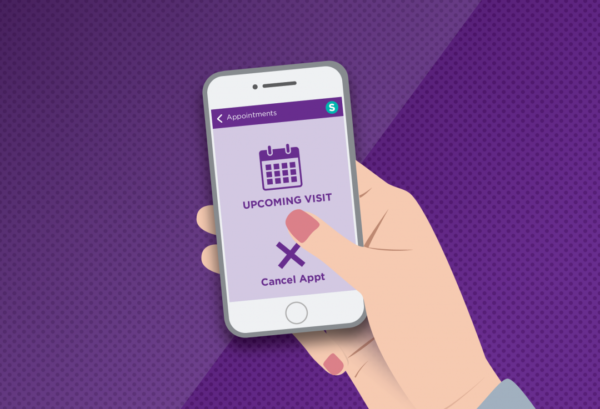Delayed or avoided medical care during 2020 and 2021 became increasingly prevalent with the COVID-19 pandemic. Patient concerns related to risk of contracting COVID-19 led to forgoing routine care and even urgent or emergency care, with many choosing to not go to healthcare facilities. Additionally, with changes to access and delivery of care to ensure containment of transmission, non-urgent appointments were canceled or delayed. Health system focus was rightfully targeted at treating patients with COVID-19, but as the pandemic continues to affect our daily lives, strategies to reach those with limited medical contact are needed.
At the end of 2020, the CDC released a report that estimated 41% of US adults delayed or avoided care. This was more common for several populations including: people with disabilities and people with two or more underlying conditions. A 2020 Harvard study had over half their survey (57%) report experiencing negative health consequences as a result of delayed care. It is incredibly important for those experiencing a medical emergency to seek care, even during a pandemic. The same perspectives stayed well into 2021, even with vaccines becoming widely available. The Urban Institute’s Health Reform Monitoring Survey from April 2021 revealed adults with two or more chronic health conditions were more than twice as likely as adults with no chronic conditions to report that their care needs were not met.
Chronic disease makes up the majority of the top ten causes of death in the United States, and 60% of Americans live with at least one chronic health condition. Lowered healthcare utilization for preventative screenings and irregular chronic disease management still has unknown effects, but recent analysis projects worsened outcomes and potential premature deaths.
There needs to be a greater sense of urgency to encourage those with chronic health conditions to return to using healthcare. With the desire for greater patient engagement, consideration must also be given to expanding the approaches to get people to the care they need. Telehealth and in-home health care visits help address some care needs, but studies have shown that they may not be the perfect solution given the context in which patients live with limited broadband access. Many patients already experience transportation disadvantages and need extra support during the pandemic to adhere to transportation barriers related to changes in public transit or the inability to rely on others for rides. Transportation services can help increase access for those preferring in-person healthcare visits and can help healthcare workers to get to their patient. It is crucial that transportation solutions and health care providers come together to ensure that transportation access is not a reason for delayed medical care during and after the COVID-19 pandemic.
